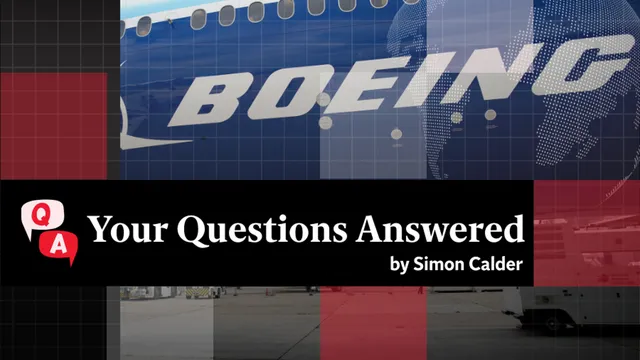
Air India faces safety scrutiny after technical issues with Boeing 787
2025-06-20 07:00- An Air India Boeing 787-8 made an emergency return to Hong Kong shortly after departure due to a technical issue.
- This incident occurred shortly after a catastrophic crash of a Boeing 787 in Ahmedabad, India, leading to safety concerns.
- Authorities have mandated Air India to implement more safety checks on all Boeing 787s following these incidents.
Express your sentiment!
Insights
On June 16, 2025, an Air India Boeing 787-8 aircraft scheduled to fly from Hong Kong to New Delhi had to return shortly after takeoff due to a technical issue. The aircraft made an emergency return to Hong Kong International Airport at around 1 p.m. local time. This incident occurred just days after a tragic crash involving a similar Boeing 787 in Ahmedabad, India, which resulted in the death of at least 279 people. This previous crash has raised concerns about the safety and operational standards of the Boeing 787 fleet operated by Air India. In light of the recent events, Air India issued a statement indicating that returning the flight to Hong Kong was a precautionary measure to allow for necessary checks and ensure passenger safety. This decision reflects an increasing awareness and response to aviation safety, particularly following the horrific crash that involved a configuration issue with the wing flaps, which may have contributed to the aircraft struggling to maintain lift. Following these incidents, aviation within India and international standards are expected to be scrutinized. Analysts and aviation experts have pointed out that there's been a growing concern about the Boeing 787's performance and safety features. They believe that improper flap configuration on aircraft during takeoff has historically led to crashes, indicating a potential systemic issue that may need to be addressed rigorously. As a consequence, aviation authorities have mandated that Air India enhance their safety protocols regarding all Boeing 787 operations. This directive is part of a larger conversation about air travel safety, which is paramount for airlines and their passengers. The incidents surrounding the Boeing 787 highlight the importance of stringent regulatory oversight and the need for aviation companies to prioritize safety above all, particularly in the aftermath of such devastating events.
Contexts
Aviation safety regulations in India play a crucial role in ensuring the safety and security of both passengers and crew in the rapidly growing aviation sector. The regulatory framework is primarily governed by the Directorate General of Civil Aviation (DGCA), which is responsible for formulating and enforcing policies related to civil aviation safety. In recent years, India has witnessed significant growth in air travel, leading to an increased focus on safety measures. This includes adherence to international standards set by organizations like the International Civil Aviation Organization (ICAO) and constant updates to regulations to address emerging challenges in aviation safety. The DGCA has established comprehensive regulations that cover various aspects of aviation safety, including aircraft operations, maintenance, airworthiness, and pilot training. These regulations not only set the operational standards for airlines but also mandate regular inspections and audits to ensure compliance. In addition, the DGCA has implemented strict guidelines for the certification of pilots, maintenance personnel, and airline operations. There has been a gradual enhancement of training programs and a push for better infrastructure to support the growing demand for skilled professionals in the aviation industry. One of the key recent initiatives undertaken by the DGCA is the emphasis on improving the reporting and investigation of aviation accidents and incidents. By fostering a culture of transparency and accountability, the DGCA aims to enhance the safety environment in Indian aviation. Additionally, collaborative efforts with various stakeholders, including airlines and international aviation bodies, have led to the sharing of best practices and enhanced safety protocols. Efforts to modernize air traffic management systems and incorporate technological advancements have also been prioritized to minimize human errors, which are often a significant factor in aviation incidents. Furthermore, the DGCA is actively working on increasing passenger awareness regarding safety procedures. Campaigns to educate the public about safety protocols and the importance of adhering to regulations are essential for fostering a safety-conscious culture. As India continues to expand its aviation market, ongoing vigilance and adherence to stringent safety regulations will be vital in maintaining the trust of passengers and ensuring that aviation remains a safe mode of transportation. Overall, the aviation safety regulations in India reflect a commitment to protecting lives and ensuring the smooth operation of an essential industry.